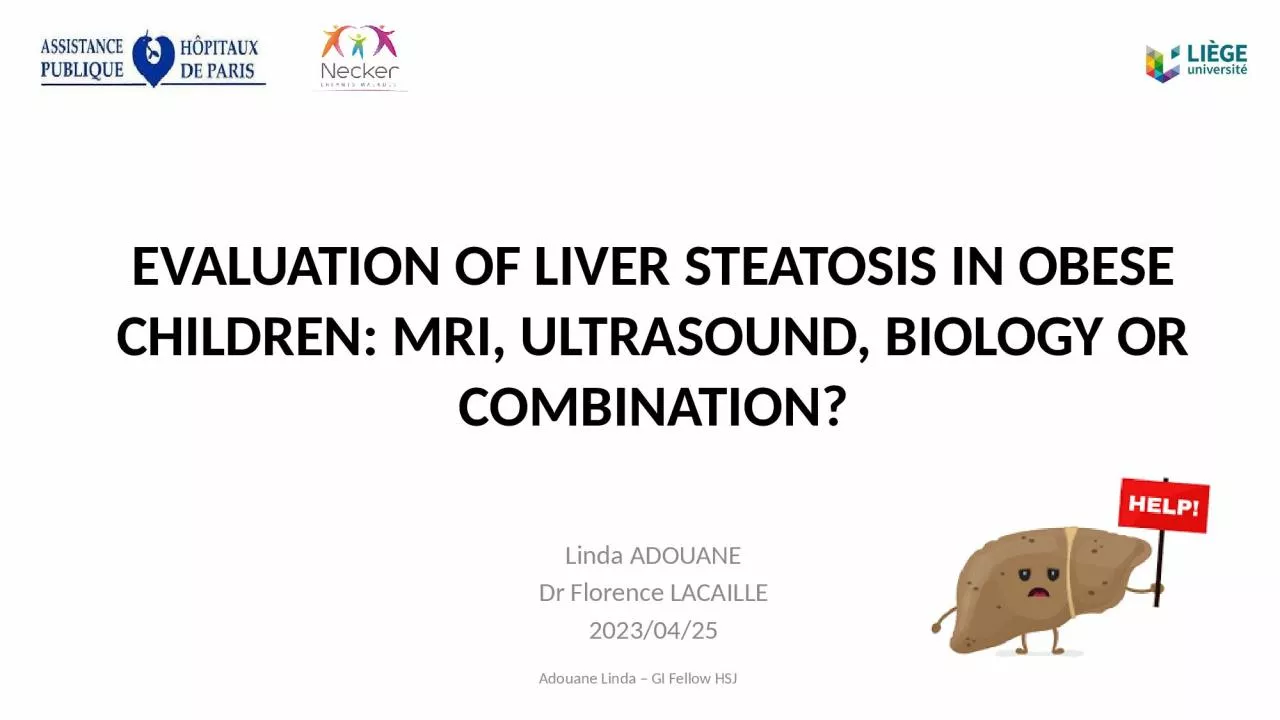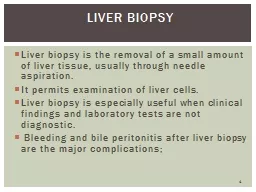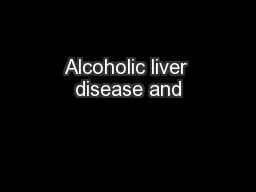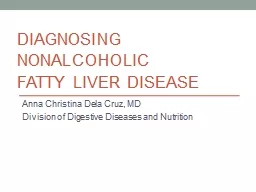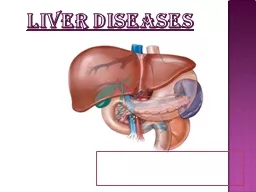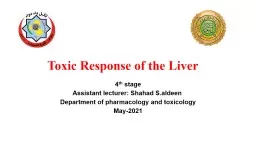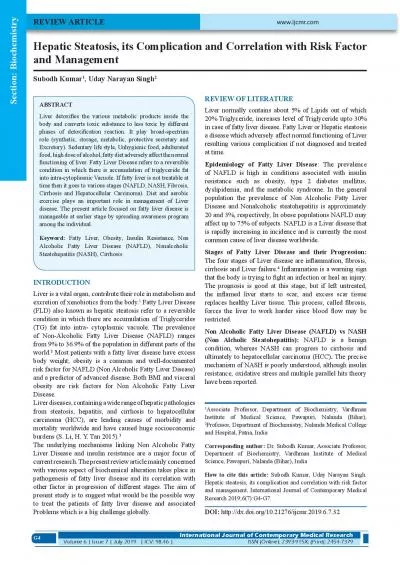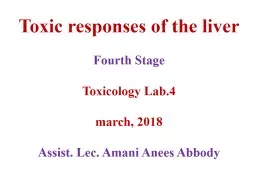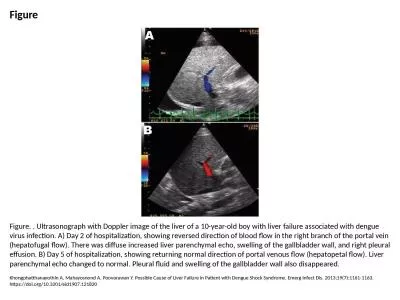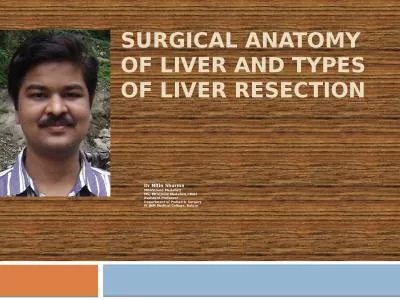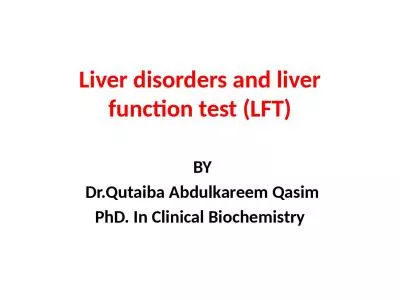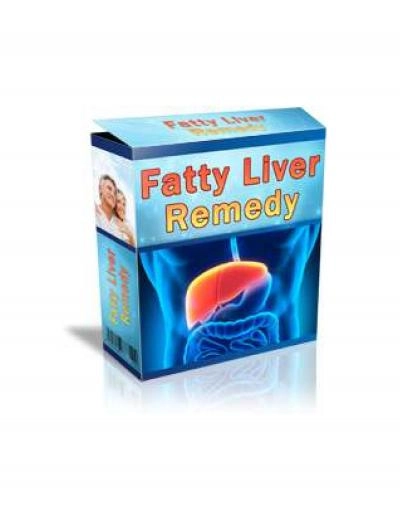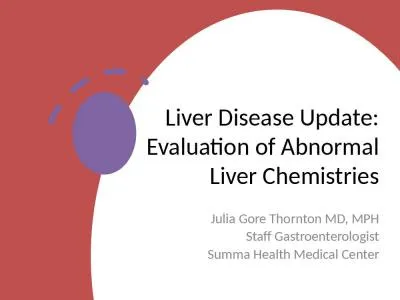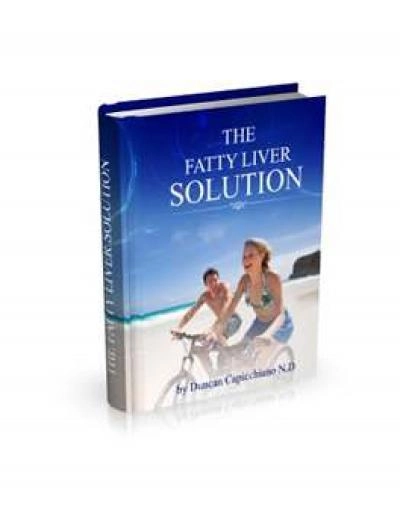PPT-Evaluation of liver steatosis
Author : kylie | Published Date : 2023-07-17
in obese children MRI ultrasound biology or combination Linda ADOUANE Dr Florence LACAILLE 20230425 Adouane Linda GI Fellow HSJ No funding No conflicts
Presentation Embed Code
Download Presentation
Download Presentation The PPT/PDF document "Evaluation of liver steatosis" is the property of its rightful owner. Permission is granted to download and print the materials on this website for personal, non-commercial use only, and to display it on your personal computer provided you do not modify the materials and that you retain all copyright notices contained in the materials. By downloading content from our website, you accept the terms of this agreement.
Evaluation of liver steatosis: Transcript
Download Rules Of Document
"Evaluation of liver steatosis"The content belongs to its owner. You may download and print it for personal use, without modification, and keep all copyright notices. By downloading, you agree to these terms.
Related Documents

